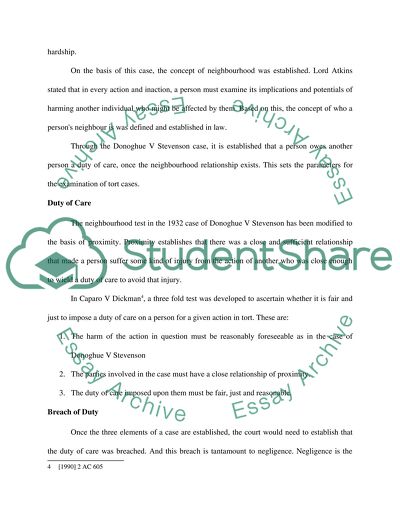Cite this document
(“Discuss the extent to which the concept of duty of care in negligence Essay”, n.d.)
Discuss the extent to which the concept of duty of care in negligence Essay. Retrieved from https://studentshare.org/law/1471472-discuss-the-extent-to-which-the-concept-of-duty-of
Discuss the extent to which the concept of duty of care in negligence Essay. Retrieved from https://studentshare.org/law/1471472-discuss-the-extent-to-which-the-concept-of-duty-of
(Discuss the Extent to Which the Concept of Duty of Care in Negligence Essay)
Discuss the Extent to Which the Concept of Duty of Care in Negligence Essay. https://studentshare.org/law/1471472-discuss-the-extent-to-which-the-concept-of-duty-of.
Discuss the Extent to Which the Concept of Duty of Care in Negligence Essay. https://studentshare.org/law/1471472-discuss-the-extent-to-which-the-concept-of-duty-of.
“Discuss the Extent to Which the Concept of Duty of Care in Negligence Essay”, n.d. https://studentshare.org/law/1471472-discuss-the-extent-to-which-the-concept-of-duty-of.


